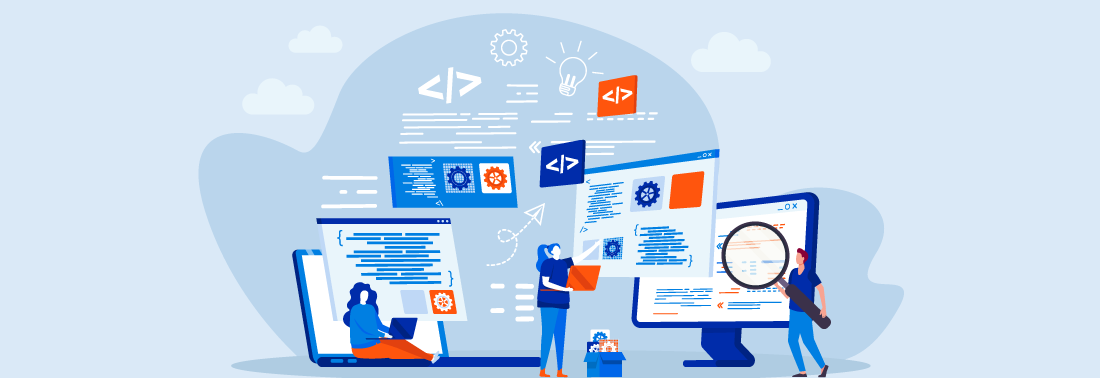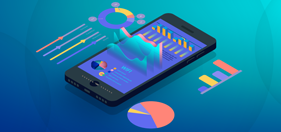Top 7 Trends in Software Testing for 2023
May 26, 2023 | 42Gears Team
As we move further into 2023, we can expect to see several emerging technology trends gain traction across various industries. AI and IoT continue to evolve, and their impact is becoming increasingly widespread. Autonomous driving and quantum computing are also expected to gain momentum, with the potential to transform entire industries. In addition, sustainability remains a critical concern, and sustainable technology is expected to play an increasingly important role in shaping the future of our planet.
New technological advancements will lead to a surge of new applications built around these new trends and technologies, making it vital for application developers to update their development and testing processes, and to build, test, and release software that meets the increasing demands of users wanting to access products and services through smart devices. As a result, software testing is now more crucial than ever.
Here are the top 7 trends that are expected to drive software testing in 2023:
1. Artificial Intelligence (AI) and Machine Learning (ML) in Testing
Artificial Intelligence and Machine Learning are set to transform software testing in the coming years. AI algorithms can identify patterns and detect defects that traditional testing methods may miss, while ML can enable test automation, thereby reducing the time and cost associated with manual testing. With AI and ML, testing can be more efficient, effective, and accurate.
2. Test Automation
Test automation has been around for a while, but it continues to be a crucial trend in software testing for 2023. As software development becomes more complex and the need for faster time-to-market increases, test automation is the best way to speed up the testing process while improving its accuracy and effectiveness. With automated tests, developers can detect defects and errors in the early stages of the development cycle, reducing the cost of fixing issues later.
3. Shift-Left Testing
Shift-Left testing is a methodology that involves testing early in the software development life cycle. This approach allows developers to detect defects and issues early, reducing the cost and time associated with fixing them later. Shift-Left testing also improves collaboration between developers and testers, leading to a more efficient and effective development process.
4. Continuous Testing
Continuous Testing involves testing software throughout the entire software development life cycle. This approach ensures that defects are identified and fixed as soon as possible, thereby reducing the overall cost and time associated with software testing. Continuous Testing is made possible using automation tools and frameworks, enabling the testing team to identify and fix defects quickly.
5. Testing in Production
Testing in production involves testing software in a live environment, allowing testers to identify and fix issues as they arise. This approach is becoming increasingly popular, as it allows for real-world testing and provides valuable insights into how the software performs in a real environment. Testing in production can be done in a controlled manner, ensuring that the software does not negatively impact the end-users.
6. Exploratory Testing:
Exploratory Testing is a methodology that involves testing without a predefined script or test plan. This approach allows testers to explore the software and identify defects and issues that may be missed by traditional testing methods. Exploratory Testing is becoming increasingly popular, as it allows for more comprehensive testing and better detection of defects and issues.
7. DevOps
DevOps is a software development methodology that emphasizes collaboration and communication between developers and IT operations. This approach includes continuous integration and delivery, automated testing, and continuous monitoring. DevOps is becoming more popular in software development, as it enables faster time-to-market, better collaboration between teams, and a more efficient development process.
The future is bright for software testing
Software testing is set to undergo significant changes in the coming years. Artificial Intelligence and Machine Learning will transform testing, making it more efficient and accurate. Test automation, Shift-Left testing, and Continuous Testing will continue to be crucial trends, while Testing in Production and Exploratory Testing will gain popularity. DevOps will also become more prevalent in software development, enabling faster time-to-market and a more efficient development process.
Keeping up with these trends will be essential for application developers who want to stay competitive in the software development industry in 2023 and beyond.
Build your own private device farm.
Subscribe for our free newsletter


